By Dr Lim Kay Kiat, Consultant Orthopaedic Surgeon, Changi Sports Medicine Centre
Introduction
Ankle injuries are among the most common sports injuries. They are especially common with sports involving twisting, such as football and basketball. In fact, ankle injuries make up between 15 to 20% of all athletic injuries.
Ankle Ligament Injuries
When you sprain your ankle, you injure your ligament. Ligament injuries range in severity from stretching out to partial tears to complete tears. Ligaments in the ankle, unlike some other ligaments, have the ability to heal. This healing, however, can result in an elongated ligament. Ankle ligaments that have stretched out or healed in an elongated position lose their mechanical function in that they allow abnormal motion of the joint, which predisposes to instability and frequent sprains. Ligament injuries also disrupt joint position signaling to the brain. The body is not able to anticipate a potential ankle sprain and as such is not able to prevent it. This, again, predisposes to instability and frequent sprains.
Other than ankle instability, ligament tears can also result in chronic ankle pain. This is commonly due to scarring that occurs during healing of the torn ligament. If there is excessive scarring, the scar can be trapped during movement of the ankle joint resulting in ankle pain. This is known as soft tissue impingement of the ankle joint. It usually presents as pain on prolonged standing and walking or running.
An ankle sprain is usually a self-limiting condition, which goes on to heal spontaneously. Medical attention should be sought if there is an ankle deformity, severe swelling, severe pain and inability to bear weight. Foremost in the doctor's mind is whether you have a fracture rather than a simple sprain. Of course, a severe sprain can mimic a fracture and in such cases, X-rays will be needed to exclude a broken bone.
Treatment of a simple ankle sprain
1. RICE
a.Rest
b.Ice (20 minutes every 2 hours, avoid icing to the point of pain)
c.Compression
d.Elevation
2.To walk in a lace-up ankle brace (Fig. 1), walking boot (Fig. 2) or with taping

Figure 1. Lace-up ankle brace (Photo courtesy Changi Sports Medicine Centre)

Figure 2. Walking boot (Photo courtesy Changi Sports Medicine Centre)
3.Rehabilitation with range of motion exercises and ankle strengthening exercises
4.Once there is less pain and swelling, start balance training with a wobble board or mini-trampoline (improves joint position sense) (Fig. 3)

Figure 3. Balance training (Photo courtesy Changi Sports Medicine Centre)
5.Return to sport with brace or taping
Treatment of a severe ankle sprain (after a fracture has been ruled out)
1.Patients will have more swelling and pain with difficulty walking and may require a short period in a plaster cast
2.Once the swelling subsides, if pain is still significant, a further period in a cast may be necessary, otherwise taping or a pneumatic splint (Fig. 4) may be used.

Figure 4. Pneumatic ankle brace (Photo courtesy Changi Sports Medicine Centre)
3.Rehabilitation follows that of simple ankle sprain
Outcome and Prognosis After Ankle Sprain
About 30% of athletes with an ankle sprain will have chronic ankle pain, swelling or recurrent sprains. The outcome of an ankle sprain is difficult to predict. A severe sprain does not equate to a poor outcome. Similarly, a mild sprain can still lead to long-term ankle problems.
The athlete should return to sport once the pain and swelling has reduced and strength and ability to balance has returned. Early return to sport is preferred to prolonged rest and protection because this limits the loss of strength and balance.
Prevention
There have been many different published data to show that various methods work in the prevention of ankle sprains in sport. These include
1. Combination of lace-up ankle brace and low-top shoe
2. Pneumatic ankle brace
3. Ankle taping to improve joint position sense
4. Athlete education through injury awareness program and joint position/balance training
5. Improved muscle strength to protect against injury
There is, to date, no consensus on the best method for preventing ankle sprains in the athlete.
Chronic Instability
This condition follows an ankle sprain and results either in recurrent sprains or feeling of looseness with the ankle giving way. Pain is rare except after a sprain. The diagnosis is confirmed when the symptoms are coupled with a positive examination by the doctor for ankle laxity. Further tests include X-rays taken when the ligaments are stressed to show abnormal joint movements. A magnetic resonance imaging (MRI) scan may also be ordered to exclude other associated conditions such as cartilage or tendon injuries which are associated with recurrent sprains.
The mainstay of treatment for chronic ankle instability is physiotherapy to improve muscle strength (peroneal muscles) and joint position sense training with balance exercises. Footwear modifications or orthotics (insoles) may be required if the athlete has abnormal foot alignment which predisposes to ankle sprains. For the elite athlete or someone who has failed physiotherapy and footwear modifications, surgery is required. Surgery involves tightening the loose ligaments and possible reinforcement of the ligaments with tendon grafts. If the athlete has a mal-aligned heel, surgery to realign the heel will be performed as well. After healing at the surgical site, physiotherapy will be re-started before sports are reintroduced.
Changi Sports Medicine Centre (CSMC) is the largest multi-disciplinary sports medicine centre in Singapore. Set up by Changi General Hospital, it caters to both recreational and competitive athletes. Services include treatment of sports Injuries, injury prevention and performance enhancement, exercise testing and prescription for those with medical conditions, weight management and sports event medical coverage.

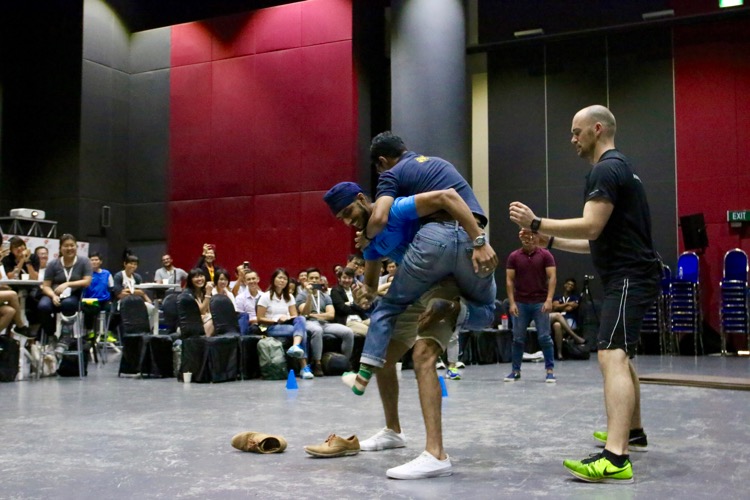

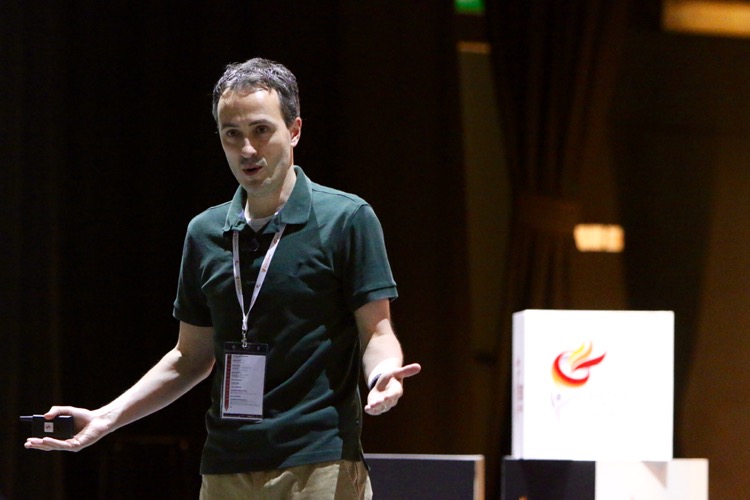
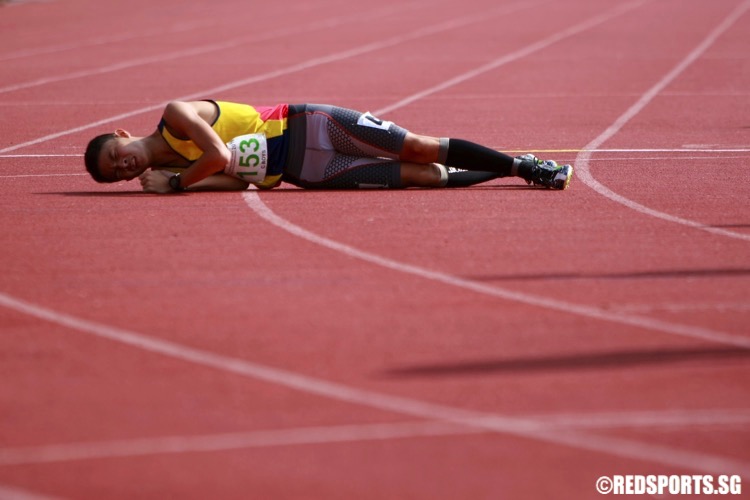
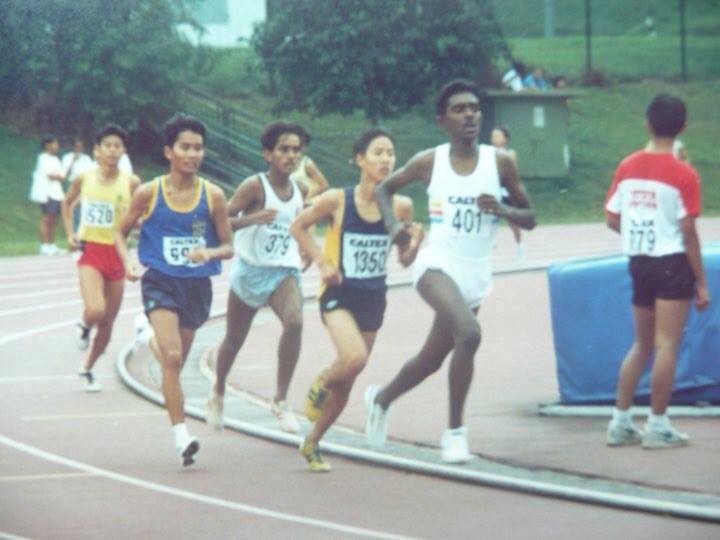
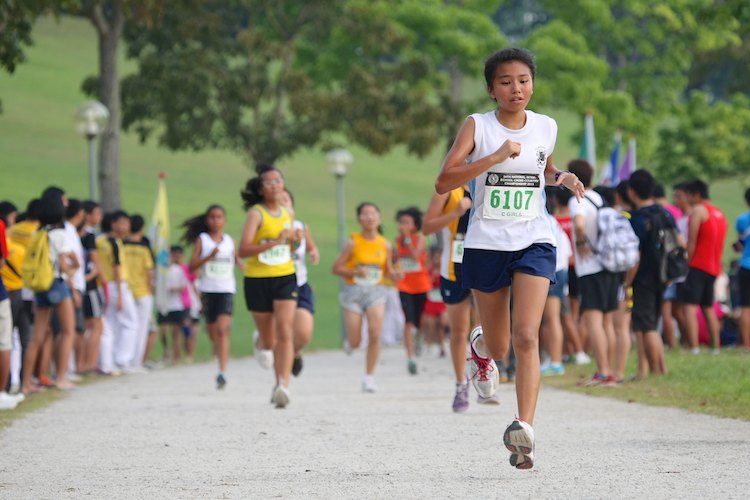
Leave A Comment